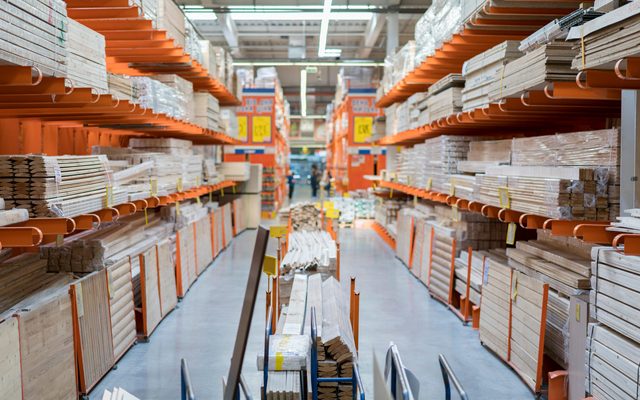This article is from the Australian Property Journal archive
UNDERLYING inflation in June came in only marginally higher than the Reserve Bank’s forecast, and at 3.9% could be palatable enough for the central bank to hold off raising interest rates at next week’s board meeting.
Trimmed mean inflation came in at 3.9% year-on-year, a sliver above the RBA’s May forecast of 3.8%, and down from 4% in March, official data released yesterday showed. The quarterly result of 0.8% was in line with forecasts.
Headline CPI printed at 3.8%, in line with the RBA’s expectations.
The central bank’s target range is between 2% and 3%. Inflation peaked at 8.4% in December of 2022. RBA governor Michele Bullock has warned of a “bumpy” road ahead in the battle to bring inflation back to the target range.
The Reserve Bank is now expected to hold the official cash rate at 4.35% at its August board meeting.
“Annual headline inflation rose 0.2 percentage points and trimmed mean disinflation has slowed. But this won’t be enough to convince the RBA that it cannot return inflation to target by 2026 under current policy settings, particularly given the ongoing slowdown in the broader economy and labour market,” said ANZ economists Catherine Birch and Madeline Dunk.
Annual housing inflation accelerated to 5.5% over the year to June.
Master Builders Australia chief economist Shane Garrett said this was predominantly driven by rental price growth of 7.3% over the year, reflecting a lack of rental properties.
“For owner occupiers, the price of new dwellings is 5.4% up on a year ago. This is partly the result of labour shortages and other cost pressures in the new home building market,” he said.
“It’s further evidence that if we are to win the battle against inflation, we need to pull out all stops to build new homes.”
Rent inflation was down in annual terms from the March reading of 7.8%. During the quarter, rent inflation lifted 2.0%, while housing costs increased by 1.1%.
CoreLogic head of research Eliza Owen told Australian Property Journal that the reduction in core inflation “leaves just enough for a hold for August”.
“Core inflation is moving slowly, but it is moving in the right direction. And what’s more is that we’ve actually seen a reduction in the rent component of CPI, which we were expecting because our measure, which is based on advertised rents, has been slowing as well.
“The fact that the CoreLogic rent index continued to show a slowdown in growth is a good forward indicator for that component of CPI and is an early indicator to us that, yes, inflation is going in the right direction, which will mitigate the need for an increase in the cash rate.”
RateCity.com.au research director, Sally Tindall, said that the CPI result was broadly as expected, “it doesn’t make it good news”.
“While the RBA is set to hold the cash rate for the sixth consecutive meeting on Tuesday, the central bank will almost certainly remind the country further interest rate hikes cannot be ruled out.
“The bottom line is, at 3.8%, inflation in Australia is still too high.”
For someone with a $500,000 loan at the start of the hikes in May 2022, another 0.25 percentage point hike would increase their monthly repayments by $75. If they have not renegotiated their rate since the start of the hikes, it would represent a total increase of $1,285.
The National Retail Association urged the Reserve Bank to “show restraint” at the “make-or-break” meeting next week, following a positive June retail trade.
“If the Reserve Bank decides to raise interest rates at its next meeting, it would at a minimum sabotage Black Friday sales in November and, at worst, potentially trigger a sector-wide recession in retail,” said National Retail Association interim CEO, Lindsay Carroll.
June’s retail numbers from the Australian Bureau of Statistics showed retail sales rose 0.5% over the month and are up 1.1% over the last two months.
“While the lift is likely related to increased spending around end-of-financial year sales, it may also suggest households pre-emptively spent some of the money they were expecting from the stage three tax cuts,” said ANZ economists Birch and Dunk, who added that data “may suggest we are on the cusp of a lift in spending”.




